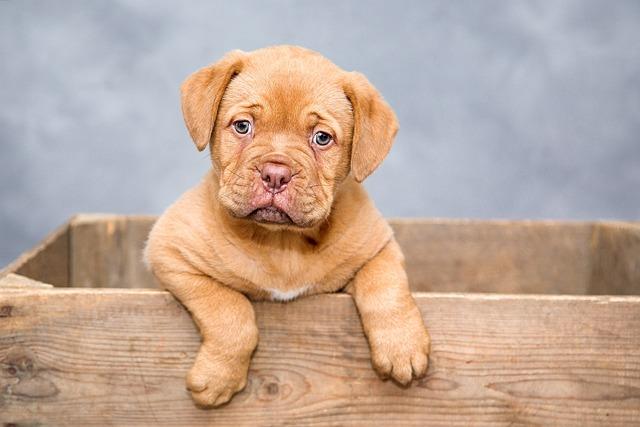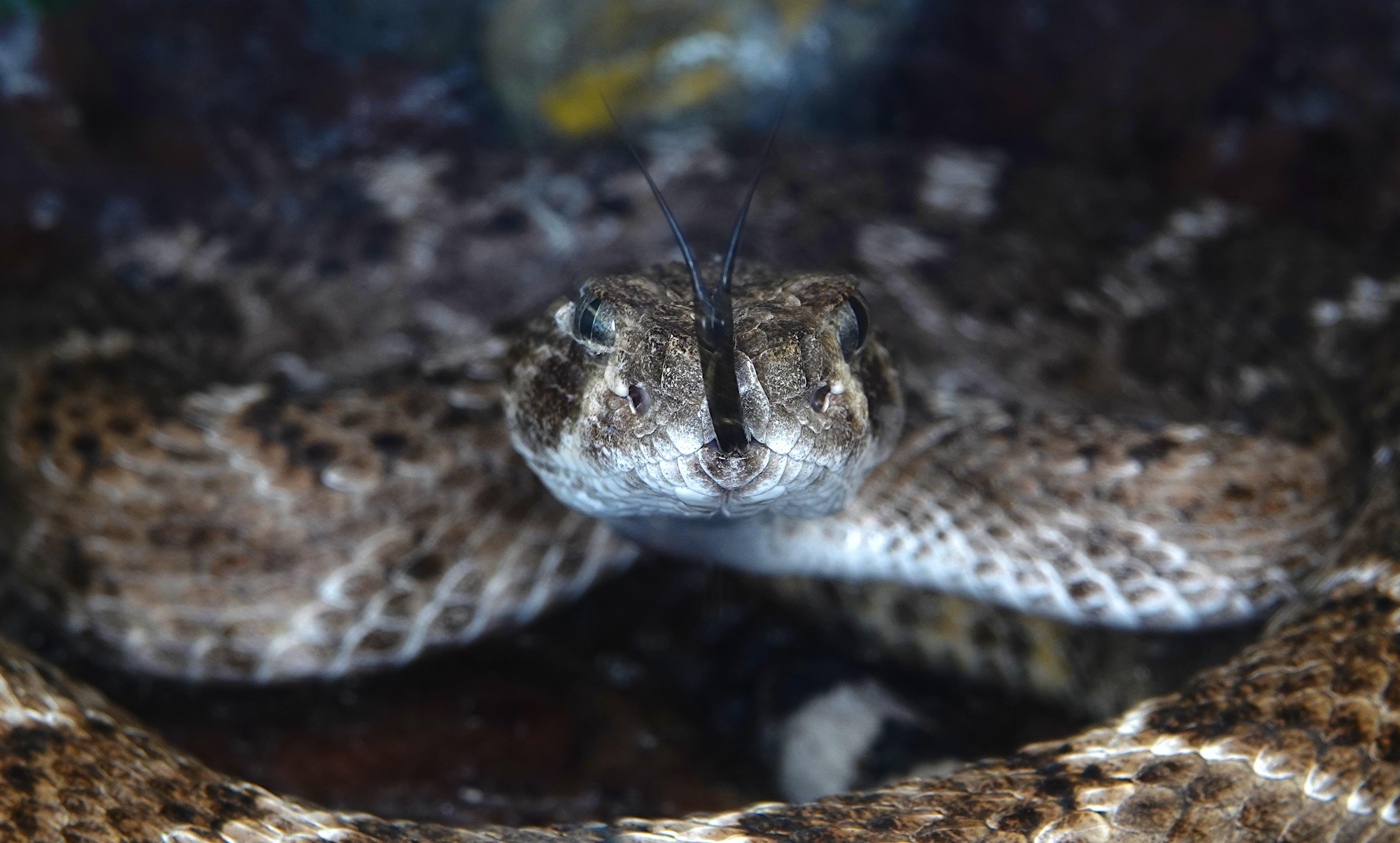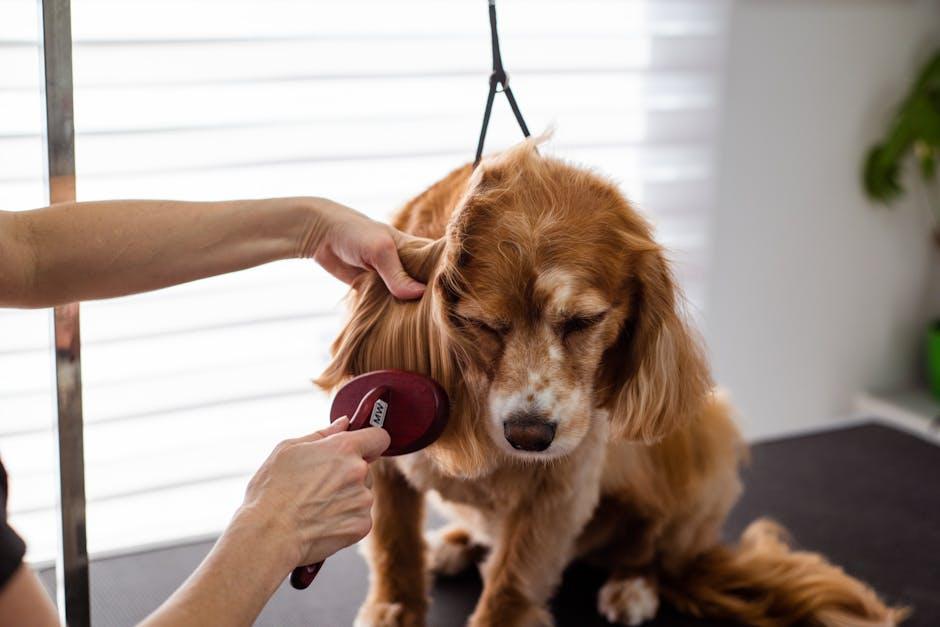Welcoming a dog into your home is not just about companionship; it’s about embracing a new family member with unique needs and characteristics. One of the most essential aspects of canine care is grooming, a practice that goes beyond aesthetics to ensure the health and well-being of your furry friend. However, with over 340 dog breeds recognized worldwide, each with its own distinct coat type and grooming requirements, understanding these needs can seem overwhelming. This article aims to demystify the grooming process by exploring the diverse grooming needs of different dog breeds, offering insights that will help you provide tailored care for your beloved pet. Whether you’re a seasoned dog owner or a new enthusiast, join us as we navigate the world of canine grooming with warmth and expertise, ensuring that every wagging tail and playful bark is met with the care it deserves.
Choosing the Right Tools for Your Dogs Coat
When it comes to grooming, every dog breed has its own set of requirements, and selecting the right tools is crucial to keeping their coat healthy and vibrant. Short-haired breeds like Beagles and Dalmatians may only need a bristle brush to remove loose hair and stimulate their skin. Meanwhile, double-coated breeds such as Huskies and Golden Retrievers benefit from an undercoat rake to effectively manage shedding and prevent matting. For curly-coated dogs like Poodles, a slicker brush is ideal for detangling and maintaining their signature look without damaging their delicate curls.
- Bristle Brush: Best for short-haired breeds.
- Undercoat Rake: Essential for double-coated breeds.
- Slicker Brush: Perfect for curly-coated dogs.
In addition to these basics, having a pair of quality grooming scissors and a comb can be incredibly beneficial for trimming and finishing touches. It’s also wise to invest in breed-specific shampoos and conditioners to enhance the grooming process and ensure your furry friend’s coat remains lustrous and healthy. Remember, the right tools not only make grooming easier but also strengthen the bond between you and your dog.

Tailoring Bathing Routines to Breed-Specific Needs
Each dog breed comes with its own set of grooming quirks and requirements, making it essential to tailor their bathing routines accordingly. While some breeds, like the Labrador Retriever, boast a water-resistant coat that repels dirt, others, such as the Bichon Frise, have dense, curly fur that can easily trap debris and moisture. Understanding these unique characteristics can guide you in determining the frequency and method of bathing that best suits your furry friend.
- Short-haired breeds like Beagles and Boxers generally require less frequent baths due to their low-maintenance coats.
- Double-coated breeds, including Huskies and German Shepherds, need careful consideration, as over-bathing can strip essential oils.
- Long-haired breeds such as Shih Tzus and Afghan Hounds benefit from regular grooming sessions to prevent matting, with baths as needed.
- Wrinkled breeds like Bulldogs require special attention to skin folds to avoid irritation and infection.
Regardless of breed, always use a gentle, dog-specific shampoo to protect their skin and coat. Pay close attention to their individual needs and consult with your vet or groomer to establish a bathing schedule that keeps your dog clean and comfortable.

Navigating Shedding Seasons with Ease
When it comes to managing the ebb and flow of your furry friend’s coat, understanding their unique shedding patterns is crucial. Each breed has its own rhythm, influenced by factors like coat type and environmental changes. To help you navigate these hairy times with ease, consider these key points:
- Brush Regularly: Frequent brushing not only reduces loose hair but also promotes healthy skin and coat. For double-coated breeds like Huskies, a slicker brush is a must-have.
- Bathing Routine: While regular baths help keep your dog clean, avoid over-bathing as it can strip natural oils. Use a moisturizing shampoo designed for your dog’s coat type.
- Diet and Hydration: A balanced diet rich in omega-3 fatty acids can improve coat health and reduce excessive shedding. Ensure your dog always has access to fresh water.
- Temperature Control: Keep your home at a comfortable temperature. Extreme heat or cold can affect shedding cycles, especially in breeds sensitive to climate changes.
By embracing these practices, you can transform shedding seasons from a chore into an opportunity for bonding with your pet. Remember, patience and consistency are key to keeping your home and your pup looking their best.

Mastering Ear and Nail Care for Happy, Healthy Dogs
Ensuring your furry friend’s ears and nails are well-maintained is crucial for their overall health and happiness. Different breeds come with unique grooming requirements, and understanding these needs can make a world of difference. For instance, dogs with floppy ears like Cocker Spaniels or Basset Hounds are more prone to ear infections due to moisture and debris buildup. Regular ear checks and cleaning using vet-approved solutions can help keep infections at bay. Meanwhile, breeds with upright ears, such as German Shepherds, benefit from routine inspections to prevent wax accumulation and irritation.
Nail care also varies depending on the breed and lifestyle of your dog. Active dogs that frequently walk on hard surfaces might naturally wear down their nails, requiring less frequent trims. However, indoor or less active dogs often need regular nail trimming to prevent discomfort and potential injuries. Some essential tips for effective nail care include:
- Use the right tools, such as a quality nail clipper or grinder designed for dogs.
- Ensure you’re familiar with the anatomy of the nail to avoid cutting into the quick, which can be painful and cause bleeding.
- Incorporate nail trimming into your routine gradually to help your dog become comfortable with the process.
By tailoring your grooming approach to the specific needs of your dog’s breed, you ensure their comfort and wellbeing while strengthening your bond through care and attention.

